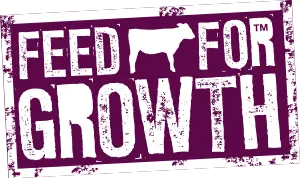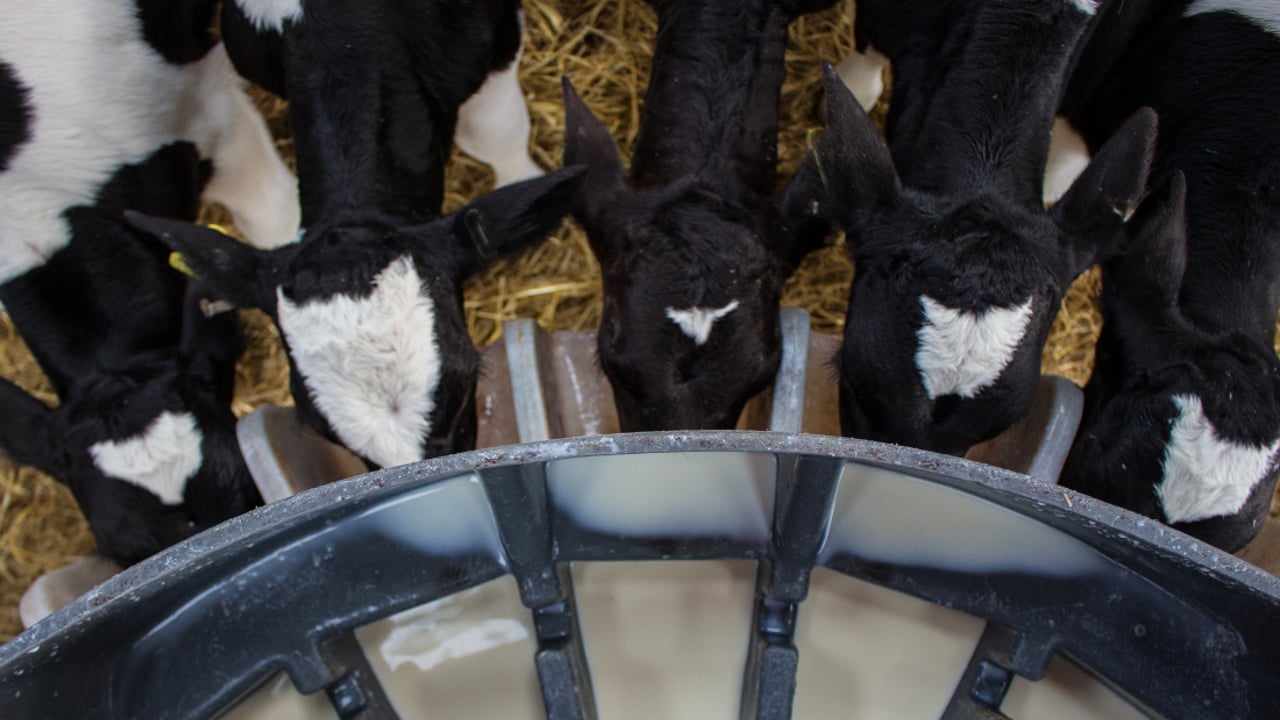Calf Rearing Series 2025

Interpreting what can often seem conflicting nutritional advice can sometimes make calf rearing seem challenging.
But a sound understanding of the important dairy calf feeding principles and attention to detail in some key husbandry areas will help you achieve award-winning, animal performance.
"Maximising the efficiency of any dairy herd starts with the dairy calf,” J.P. Harkin from Volac Milk Replacers Ireland Ltd said.
“Remember that calves have the greatest feed conversion efficiency potential early on in life, so nutritionists have always striven to take maximum advantage of this period.
"If you fail to capitalise on this potential, heifers will have to grow more later in life (when feed conversion efficiency is low) to reach the same body weight at first calving,” he said.
Feeding pre-weaned dairy calves the right amount of a proven, highly digestible calf milk formula is crucial economically to make the most of early life feed conversion efficiency.
But it is also vital to lay down the right nutritional foundations for better fertility and good milking performance in later life.
It is also important to achieve growth rate targets efficiently beyond the milk feeding period to avoid delaying the age at first calving.
“A heifer calving at 24-months-of-age will start to return a profit in the second lactation, whereas a heifer calving at 30 months will not return a profit until it’s into its third lactation.
"A delay in age at first calving contributes to an overall reduction in the efficiency of a dairy herd due to lost potential milking days,” J.P added.
He explained that pre-weaned calves should always be kept in the right environment and have access to fresh water – and then they primarily need energy and protein to meet growth targets up until weaning.
“Young calves require energy for normal bodily functions such as digestion, respiration and keeping warm. They also need it for healthy growth and frame development.
“During the first three weeks of life, when starter feed intake is minimal, the energy available to the calf is directly proportional to the supply of milk or milk replacer.
"Proven calf milk formulas are precision-formulated to ensure they deliver the right amount of energy (from fat and sugar) to fuel growth, but not to over-supply it, because this can compromise a smooth transition onto solid starter feed,” he said.
A calf expected to grow at a fast rate of weight gain (e.g. 0.9kg/day) will require more energy than a calf growing more slowly (e.g. 0.7kg/day). A calf also needs more energy in colder weather because it must divert some of it for heat production.
“Depending on your growth target and the prevailing temperature, a calf’s energy intake needs to be adjusted.
"However, the best way to supply a calf with more energy is simply to feed it more by increasing the volume of milk fed or the milk formula mixing rate (solids level),” J.P. explained.
As well as helping calf rearers meet growth targets efficiently, nutritionists now also have a responsibility to help farmers rear their replacement calves more sustainably.
“When it comes to providing the right pre-weaning nutrition in the current climate, we also need to consider the sustainability of our inputs.
"The inputs of early life calf production are primarily concerned with the ingredients used in milk formulas.
“What you can certainly be sure about is the focus we constantly have on sourcing the best quality ingredients for our calf milk formulations – and particularly those ingredients that we know will deliver the best balance between animal performance, efficiency and sustainability," J.P said.
- Feed calves enough milk to supply the energy required for both maintenance and the target growth rate. Lactose in milk and milk formulas is a readily digestible source of glucose (the simple sugar that is the chief source of energy);
- Increasing the fat content of a milk formula has a minor effect on the total energy supplied to the calf. To increase the energy supply to a calf (e.g. in cold weather, or to achieve a higher growth rate) feed more milk formula or increase the mixing rate (solids level);
- A milk formula with a high fat content (over 20%) can suppress starter intake and make weaning challenging;
- A combination of good quality protein and ME supplied from the milk formula and starter feed is important for good first lactation performance;
- The protein and fat content of a milk formula must be balanced to avoid excessive fat deposition. Ask your supplier about useable protein – don’t be guided solely by the crude protein declaration on the bag label;
- Remember too that feeding a high level of a performance-formulated, high protein, low fat milk formula increases mammary growth and development.



